KNIT MAGAZINE
- Knit Pattern
Knitting Ribbing Variations: 1x1 Rib, 2x1 Rib and 2x2 Rib

- Post date:
- July 18, 2023 07:00
- (Update: July 18, 2023 11:00)
KNIT MAGAZINE

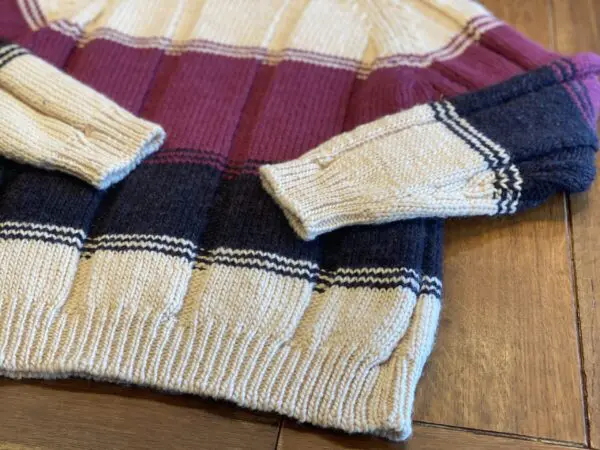
Table of Contents
Rib stitch is a common knitting stitch pattern that creates a textured, stretchy fabric. It is often used for cuffs, collars, and hems on knitted garments, as well as for entire pieces such as scarves or hats. The rib stitch is created by alternating knit stitches and reverse stitches in a specific sequence.
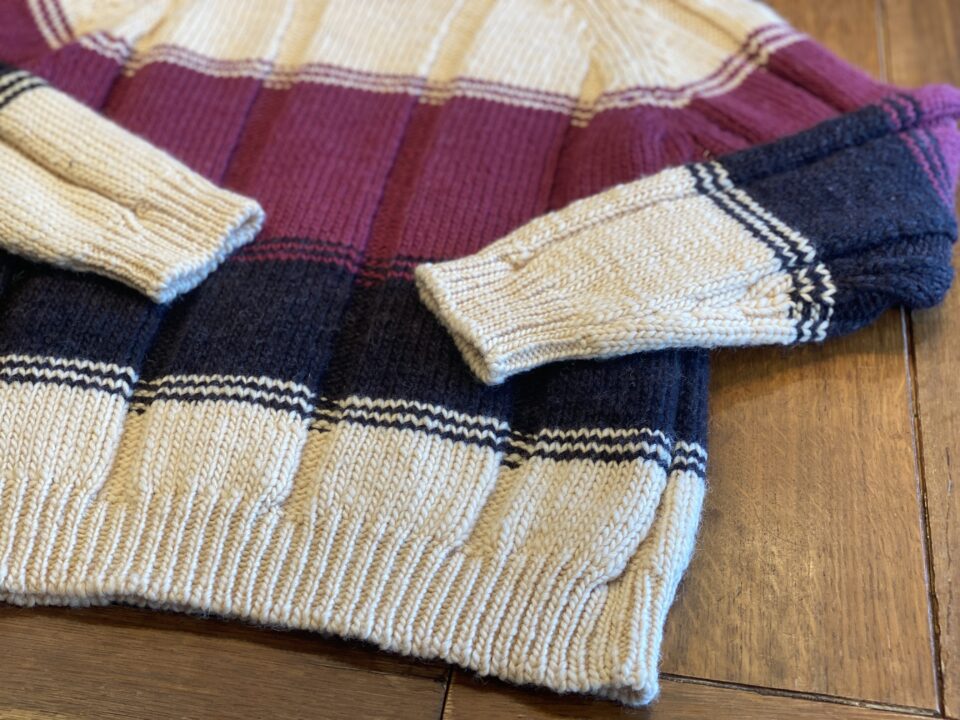
There are various types of ribs. This time I will introduce 3 types of ribs.
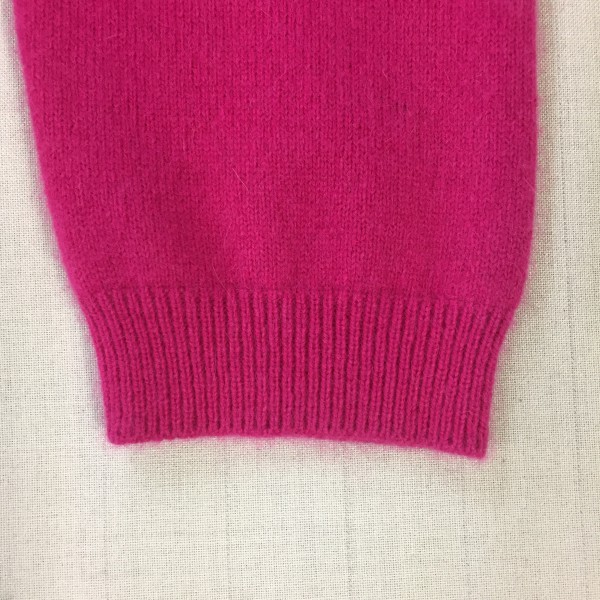
<Organizational diagram> The front and back stitches align.
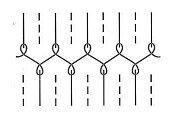
Plain stitch and reverse stitch.
Stretchy, loose stitches that are supple. The hem and cuffs often utilize their elasticity.
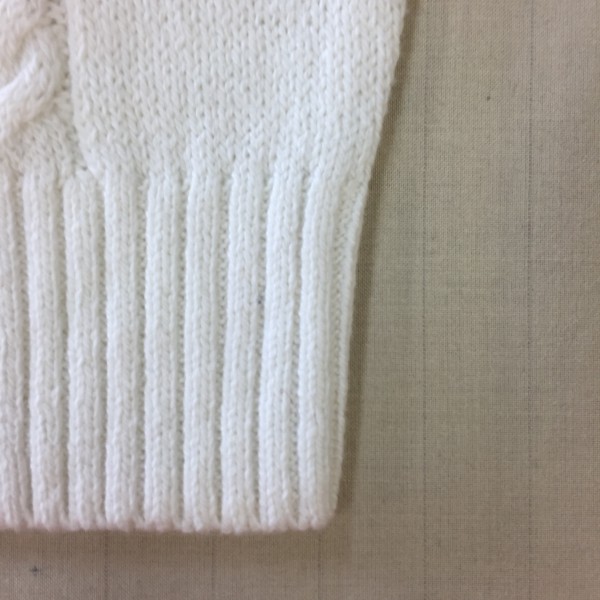
<Organizational diagram> Half stitch offset.
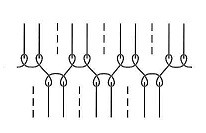
Second plain stitch, second reverse stitch
It is knitted tighter than 2×2.
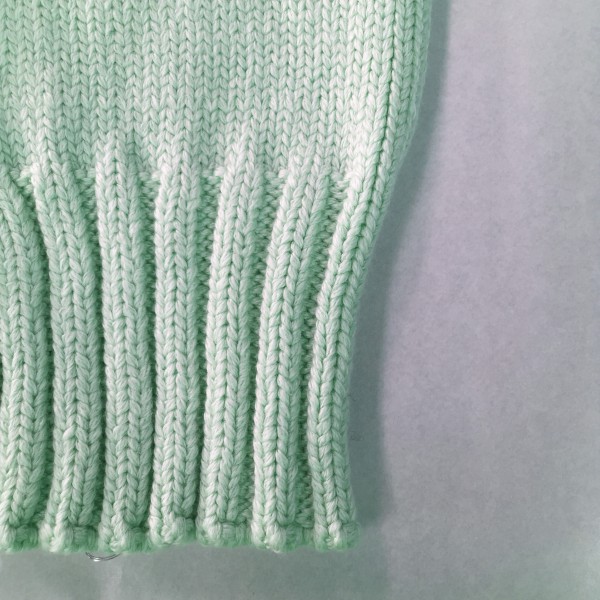
<Organizational diagram> Align the plain and reverse stitches.
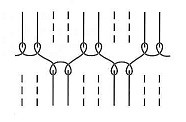
Second plain stitch, second reverse stitch
The texture is solid and emphasizes the unevenness as a design.
Understanding the difference between 1×1 and 2×2 is easy, but distinguishing between 2×1 and 2×2 can be challenging as they appear very similar.
To better comprehend their dissimilarity, it is helpful to observe the connection with the plain stitches rather than focusing solely on the rib pattern.
In the case of 2×1, the 2nd plain stitch(●) and 1st reverse stitch(〇) are connected to the plain stitch.
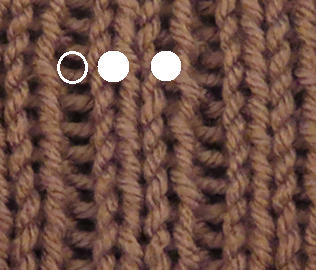
Conversely, in 2×2, the 2nd plain stitch(●) and 2nd reverse stitch(〇) are connected to the plain stitch. On closer inspection, these connections reveal the distinction.

So, what sets them apart? The 2×2 fits more tightly on the inside. Based on the advice of experienced individuals and factories, it is commonly preferred to use 2×1 for cuffs instead of 2×2. The reason is that although they may look similar, cuffs require firmness and stability, which can be achieved with shorter thread crossovers in 2×1.
However, if you desire a tighter fit and a more pronounced texture, you can try using 2×2. In such cases, it may be beneficial to incorporate stretch yarn while knitting to enhance stability. Keep in mind that the choice depends on the material and characteristics of the yarn, so it is important to consider the specific requirements and select the appropriate specifications to achieve a well-executed knit wear.
Subscribe Now
To receive the latest updates and insights, subscribe to our newsletter.
Contact Us
For further inquiries regarding this article, please feel free to contact us.